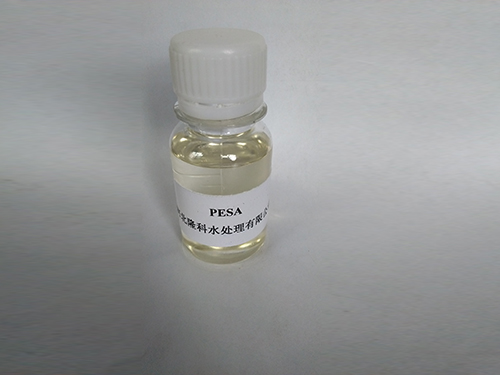Synthesis and Properties of Acrylic Acid Homopolymer for Various Applications
Acrylic Acid Homopolymer Composition, Properties, and Applications
Acrylic acid homopolymer, derived from the polymerization of acrylic acid, is an important class of synthetic polymers. The unique properties of this polymer make it a valuable material in various industries, particularly in coatings, adhesives, and biomedical applications. This article explores the composition, key properties, processing methods, and diverse applications of acrylic acid homopolymer.
Composition
Acrylic acid (C3H4O2) is a colorless liquid organic compound characterized by its carboxylic acid functional group. When acrylic acid undergoes polymerization, it forms acrylic acid homopolymer, known for its linear structure and high density of carboxyl groups. This high degree of functionalization enables the polymer to readily participate in chemical reactions, allowing for further modification and enhancement of its physical properties.
Acrylic acid can polymerize through different methods, such as radical, anionic, or cationic polymerization. The most common method is radical polymerization, which involves heating the acrylic acid in the presence of an initiator that produces free radicals. These free radicals initiate the polymerization process, leading to the formation of long chain polymers.
Properties
Acrylic acid homopolymer exhibits a range of unique properties that make it suitable for various applications
1. Water Solubility The presence of carboxyl groups in the polymer structure renders acrylic acid homopolymer soluble in water. This solubility is a critical advantage in applications such as coatings and adhesives, where easy formulation and application are desired.
2. Thermal Stability Acrylic acid homopolymers possess good thermal stability. They can withstand moderate temperatures without significant degradation, making them suitable for heat-sensitive applications.
3. Mechanical Properties The mechanical strength of acrylic acid homopolymer varies depending on its degree of polymerization. Generally, it shows excellent tensile strength and flexibility, which are essential for creating durable products.
4. Chemical Resistance Acrylic acid homopolymer is resistant to a variety of chemicals, including alkalis and acids. This property is essential for formulations exposed to harsh environments.
Processing Methods
Acrylic acid homopolymers can be processed using several techniques, including
acrylic acid homopolymer

- Casting This method involves pouring a mixture of acrylic solution into a mold and allowing it to cure. It is commonly used in creating sheets and films.
- Extrusion The polymer is melted and forced through a die to create specific shapes or profiles, widely used in manufacturing pipes and other plastic products.
- Injection Molding This technique involves injecting molten acrylic acid homopolymer into molds, allowing for the production of complex shapes and components.
- Coating Applications Acrylic acid homopolymers can be formulated into paints and coatings that provide protective and aesthetic finishes for various surfaces.
Applications
The versatile properties of acrylic acid homopolymers have led to their widespread use across multiple sectors
1. Coatings and Adhesives They are extensively used in the formulation of paints, coatings, and adhesives due to their excellent adhesion properties and weather resistance.
2. Biomedical Applications The biocompatibility of acrylic acid homopolymer allows its use in drug delivery systems, hydrogels, and tissue engineering scaffolds.
3. Water Treatment Its effectiveness in flocculation processes makes acrylic acid homopolymer valuable in water treatment applications, assisting in the removal of impurities.
4. Personal Care Products The polymer is an important ingredient in cosmetics and personal care products, providing thickening and emulsifying properties.
5. Agricultural Products Acrylic acid homopolymers are used in the production of superabsorbent polymers for agricultural applications, enhancing soil moisture retention.
Conclusion
Acrylic acid homopolymer is a versatile and functional polymer that plays a crucial role in various industries. Its unique properties, ease of processing, and broad range of applications make it an integral material in modern manufacturing and product development. As research continues into the enhancement and modification of this polymer, its applications are likely to expand, further solidifying its importance in technological advancements.
-
Water Treatment with Flocculant Water TreatmentNewsJun.12,2025
-
Polymaleic AnhydrideNewsJun.12,2025
-
Polyaspartic AcidNewsJun.12,2025
-
Enhance Industrial Processes with IsothiazolinonesNewsJun.12,2025
-
Enhance Industrial Processes with PBTCA SolutionsNewsJun.12,2025
-
Dodecyldimethylbenzylammonium Chloride SolutionsNewsJun.12,2025





